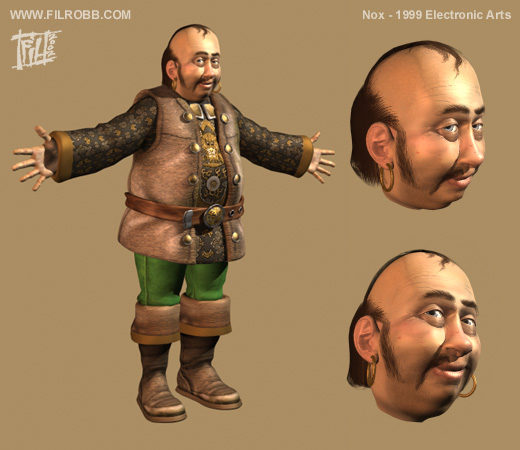Charles-cgr
OlderBytes

- Joined
- Mar 13, 2010
- Messages
- 984

I think it depends entirely on the ability of the artists and the level of fidelity. Some people have better workflow with 2D others with 3D, what the team's artists are best with is what they should go for.
This depends on approach. There's 2D animations that are done with rigging instead of sprite sheets.Once a model is created you can animate it any which way whereas a 2D asset needs to be redrawn.
Also you can get away with very little animation if you make the transition more dynamic by using effects and the camera, see Darkest Dungeon for example.
One of those things I knew without knowing. I just watched a video on Spine and it's interesting. Probably too late for current projects as you need to design the assets accordingly but I'll be looking further into rigging in the future.















